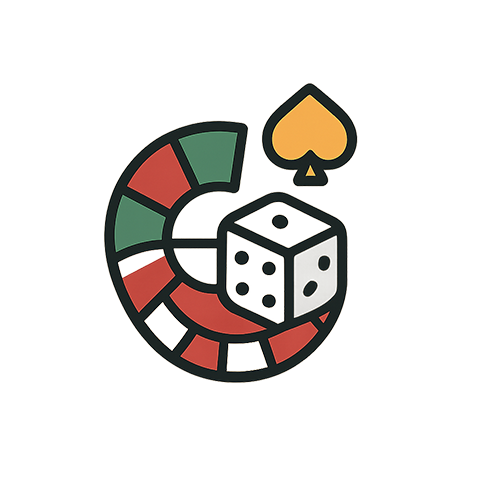When you sit down at the poker table, surrounded by the interplay of chips and the tension in the air, it’s easy to feel overwhelmed. The stakes are high, and every decision counts. But have you ever thought about how the colors around you can influence your game? The psychology of color is a fascinating aspect that can be strategically leveraged in poker, enhancing your performance and perhaps even your success.
Color plays a significant role in the psychology of gambling. For instance, red, often associated with energy and excitement, can create an inviting atmosphere, encouraging players to take risks. A poker room adorned in rich reds can elevate adrenaline levels, leading players to make bolder decisions. On the flip side, blue, known for its calming properties, might help players maintain composure during tense moments, promoting a more analytical approach to the game.
When considering your attire at the table, think about how wearing specific colors can project confidence or fearlessness. Players who wear black might convey authority and seriousness, while those in bright colors may come off as more approachable. Understanding how your color choices can affect both your perception and others’ perceptions of you is a vital element in the psychology of color in poker.
Moreover, the colors of the poker chips themselves can influence decision-making. High-stakes games using vibrant, visually stimulating chips can lead to unexpected behaviors as players become enchanted by the aesthetic. The strategic placement of colored chips can also play a psychological role, where players may unconsciously respond to color cues, impacting their betting patterns.
Additionally, don’t underestimate the lighting in your environment. Soft, warm lighting can create a sense of comfort, encouraging more interactions among players. On the other hand, harsh, bright lights can lead to an uncomfortable atmosphere, causing players to rush their decisions. Understanding the psychological effects of lighting and color can give you an edge when choosing where to play.
The emotional responses triggered by color can extend to the surrounding elements of the poker table. For instance, the green felt synonymous with classic poker tables can evoke feelings of stability and tradition. Players may find comfort and familiarity in this color, leading to improved performance and decision-making. Recognizing how these elements can impact your mindset is crucial in cultivating a winning strategy.
Moreover, colors can be tools for distraction or manipulation. By choosing to wear or use contrasting colors, you may divert opponents’ attention away from your own hand. The psychology of distraction is key in poker; knowing how to visually influence your opponents can enhance your gameplay significantly.
Incorporating the nuances of color psychology into your poker strategy does not require a degree in psychology. Simply being aware of how these colors evoke feelings and influence behavior can help you develop a more rounded game plan. Whether you’re a seasoned professional or a casual player, honoring the psychological aspects of color in poker can elevate your experience and perhaps lead to greater success at the table. So next time you’re gearing up for a poker night, pay attention to the colors around you, and use them to your advantage.




